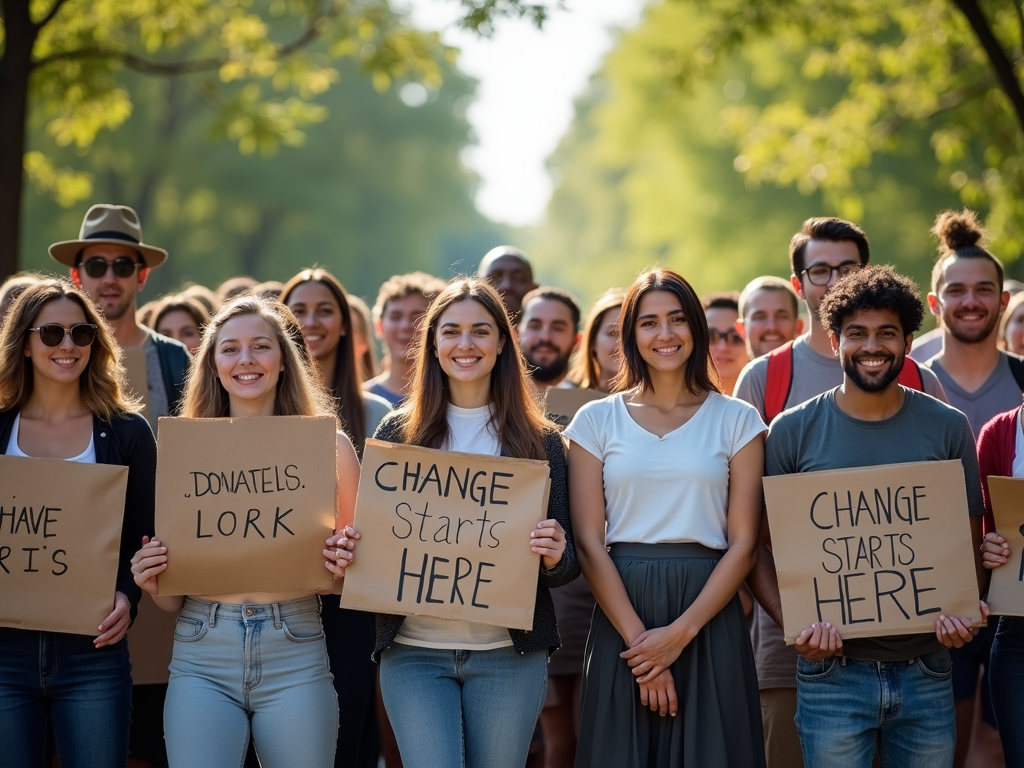How to Fund Your Advocacy Group on a Budget
By , May 16, 2025
Starting an advocacy group can feel like a big leap, especially when money is tight. But here’s the good news: you don’t need a huge budget to make a difference. This guide shares simple, effective ways to fund your advocacy group while keeping costs low. Whether you’re just learning how to start a community advocacy group or growing an existing one, these strategies will help you succeed.

Why Funding Your Advocacy Group Matters
Advocacy is all about creating change—whether it’s for the environment, social justice, or a local cause. But to keep going, you need resources. Funding pays for things like flyers, events, or even a website. More importantly, it lets you reach more people and grow your impact. The challenge? Doing it without breaking the bank.
I’ve been there. Years ago, I helped start a small group to clean up our local river. We had no money, just a handful of passionate friends. We learned quickly that creativity and community were our best tools. That’s what I’ll share with you here—real, tested ideas for how to fund your advocacy group on a budget.

1. Crowdfunding: Let Your Community Pitch In
Crowdfunding is a game-changer for advocacy groups. It’s simple: you tell your story online, and people donate to support it. Platforms like GoFundMe or Kickstarter make it easy to start. The trick is to explain why your cause matters and how donations help.
When we needed funds for river cleanup supplies, we raised $1,200 in a week by sharing photos of the trash-filled banks and our cleanup plan. People love seeing where their money goes. Here’s how to make it work:
- Keep your goal realistic—start small if you’re new.
- Post updates to show progress.
- Thank donors personally, even with a quick message.
2. In-Kind Donations: Resources Over Cash
Not every donation has to be money. In-kind donations—like free printing, food for events, or a meeting space—can save you hundreds. Reach out to local businesses or supporters who believe in your cause. Be clear about what you need.

Once, a print shop donated 500 flyers for our river project after we explained our mission. It cost them little but meant everything to us. Try this:
- Make a list of what you need (paper, snacks, a projector).
- Ask politely and offer to promote the donor publicly.
- Build relationships for future help.
3. Grants: Free Money for Your Cause
Grants sound fancy, but they’re just funds from organizations that support advocacy. They take effort to apply for, but the payoff can be big. Look for grants that match your mission on sites like Grants.gov or local foundations.
A friend’s education advocacy group got $5,000 from a community fund by showing how their workshops helped kids. Tips to win grants:
- Write clearly about your goals and impact.
- Start with small, local grants—they’re less competitive.
- Meet all deadlines (seriously, set reminders!).

4. Volunteers: The Heart of Advocacy
Volunteers don’t just save money—they bring energy and ideas. Volunteer training for advocacy work is key to making this work. Give them clear tasks and show them their value. A strong team can do more than any budget.
Our river group grew from five to 20 volunteers after we started casual training meetups—think pizza and a quick rundown of tasks. Here’s what worked:
- Offer flexible roles (flyer duty, event setup).
- Teach basic skills like talking to people or posting online.
- Say thanks often—it keeps them coming back.
5. Social Media: Spread the Word for Free
Social media is your megaphone. It costs nothing to post on Instagram or Twitter, yet it can reach thousands. Share your wins, ask for help, or promote events. The more you post, the more people join in.

Our river cleanup got 50 new followers after we posted a video of trash bags piling up—and three offered to help. Try this:
- Use hashtags like #Advocacy or #YourCause.
- Share real stories or photos, not just asks.
- Reply to comments to build a community.
6. Low-Cost Fundraising Events
Events can raise money and bring people together without big costs. Think small: a bake sale, a virtual talk, or a park cleanup with a donation jar. Keep it fun and tied to your mission.
We held a picnic where everyone brought food and tossed $5 in a jar. It raised $150 and felt like a party. Ideas to steal:
- Partner with a local café to split profits.
- Host online—Zoom trivia nights are cheap and easy.
- Sell something simple, like $1 raffle tickets.

Building a Group That Lasts
Funding is only half the battle. To keep your advocacy group strong, focus on the basics. A clear mission keeps everyone on track. Training volunteers builds confidence. Celebrating wins—no matter how small—keeps the fire alive.
I learned this the hard way. Our river group almost fizzled out after a big cleanup because we didn’t plan the next step. Now, we set goals, train new folks, and cheer every bag of trash we haul out. It’s how you grow without burning out.

Summary
You can fund your advocacy group on a budget with the right mix of creativity and grit. Crowdfunding, in-kind donations, and grants give you resources. Volunteers and social media build your reach. Low-cost events tie it all together. Start small, lean on your community, and watch your impact grow. Money helps, but passion drives advocacy—and that’s free.